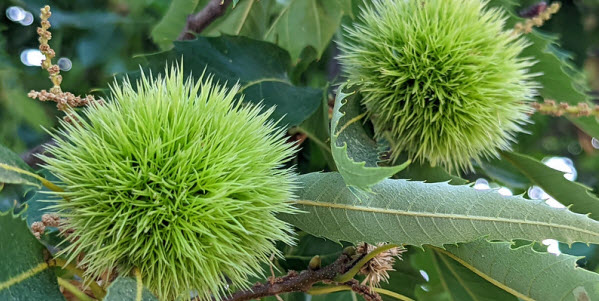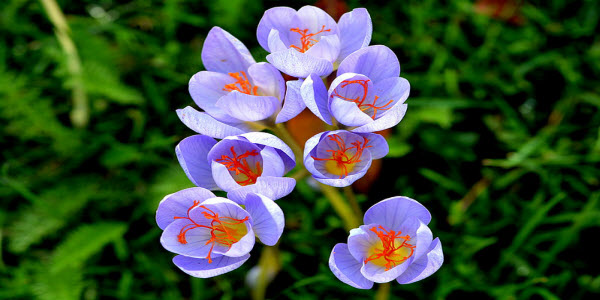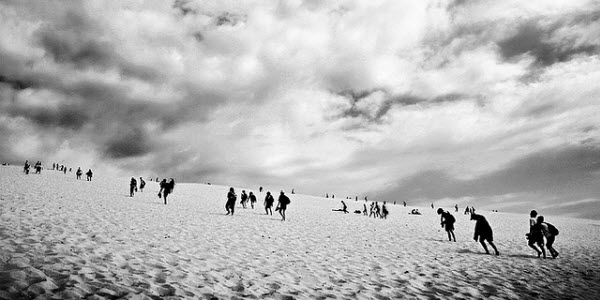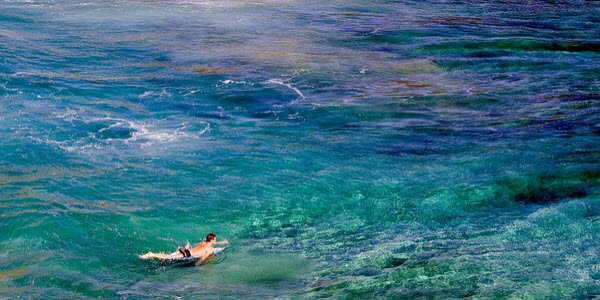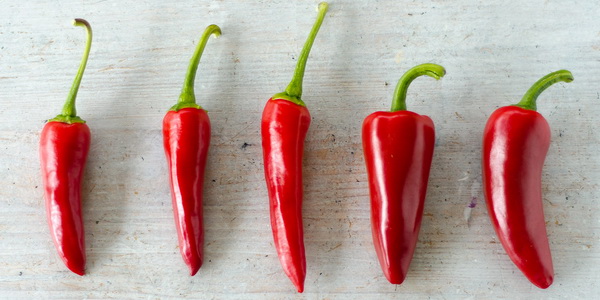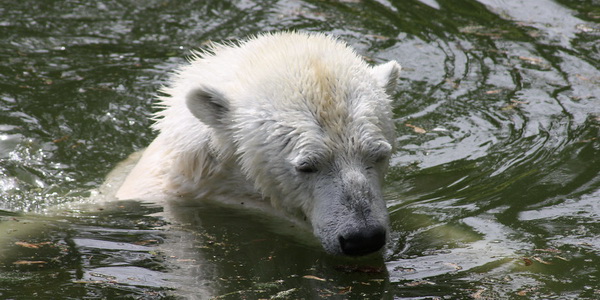MetaCyc Metabolic Pathway Database
MetaCyc is a curated database of experimentally elucidated metabolic pathways from all domains of life.
MetaCyc contains pathways involved in both primary and secondary metabolism, as well as associated metabolites, reactions, enzymes, and genes. The goal of MetaCyc is to catalog the universe of metabolism by storing a representative sample of each experimentally elucidated pathway.
MetaCyc currently contains 3,153 pathways, 19,020 reactions and 19,372 metabolites.
MetaCyc applications include:
- Online encyclopedia of metabolism
- Predict metabolic pathways in sequenced genomes
- Support metabolic engineering via enzyme database
- Metabolite database aids metabolomics research
What people are saying
See more BioCyc testimonials
"BsubCyc is a tool of the utmost value."

Paul Babitzke
Prof. of Biochemistry
& Molecular Biology
"My lab uses these resources on a daily basis."

Patricia Kiley,
Professor and Chair,
Dep't. of Biomolecular Chemistry
"We rely on BioCyc's Gene Pages and Overview Diagrams almost daily."

Arkady Khodursky
Assoc. Prof. Biochemistry
"We use BioCyc and MetaCyc extensively to investigate the metabolic and regulatory processes of organisms we study."

William Cannon, Team Lead
Computational Biology
"BioCyc is the go-to resource of knowledge and tools for Ginkgo scientists."

"BioCyc is a tremendous resource for pathway analysis in metabolomics."

Art Edison, Dept of Genetics
"We make extensive use of the BioCyc full metabolic network diagram for omics data analysis."

Timothy J. Donohue, Director
"I have not found another database that has a better interface than BioCyc."

Gary B. Huffnagle, Professor
Microbiology and Immunology
Learning Library
Tutorial Videos
Tutorial #1: Introduction to BioCyc
Tutorial #2: Introduction to SmartTables
Tutorial #3: Zoomable Metabolic Map, Comparative Tools, Regulatory Network
Tutorial #4: Omics Data Analysis
Tutorial #5: Pathway Collages
Tutorial #6: Creating a Pathway/Genome Database
- Part 1A: Introduction to Database Building and Pathologic (14:04)
- Part 1B: Building a Database: Detailed Pathologic Example (23:53)
- Part 2A: General Editing Strategies (8:00)
- Part 2B: Creating and Editing Reactions and Compounds (17:32)
- Part 2C: Updating Proteins, Citations, GO Terms, and Enzymatic Reactions (26:10)
- Part 2D: Making and Editing Pathways (9:42)

